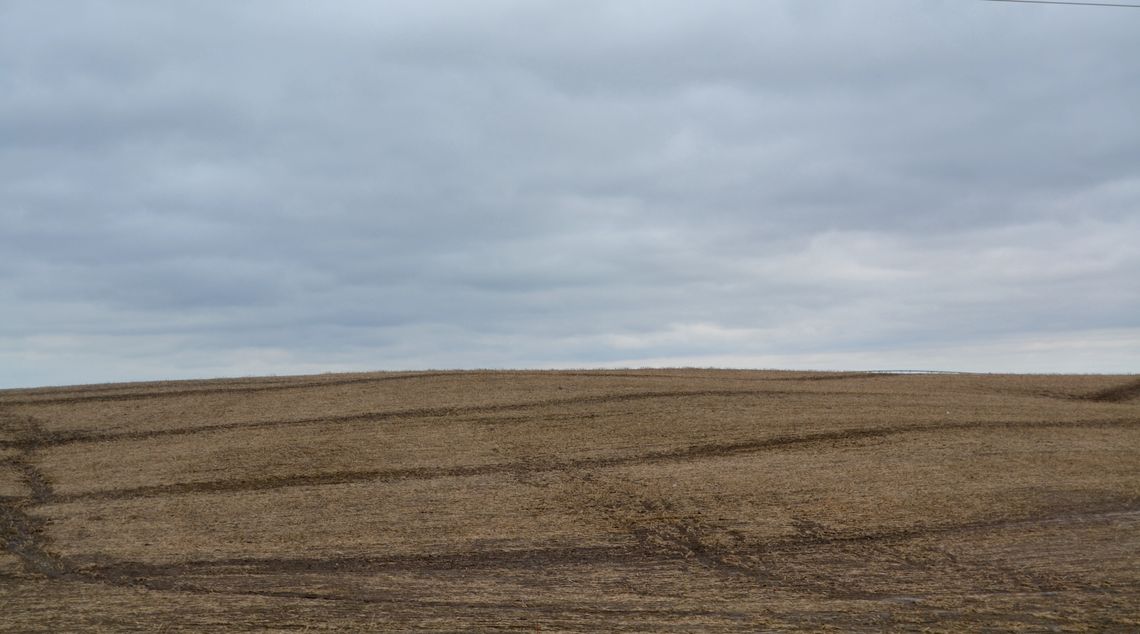NORFOLK – Be a part of the process to update Nebraska’s state wildlife action plan, which outlines conservation efforts and priorities for Nebraska’s most vulnerable plant and animal species.
Public meetings for the plan, known as the Nebraska Natural Legacy Project, are scheduled across the state, including in Norfolk and O’Neill. Participants can learn about the plan and the science behind it, ask questions and provide feedback.
The meetings will take place in an open house format, so attendees can move freely from table to table to learn about different issues. Refreshments will be provided.
The two northern Nebraska meetings, which are scheduled from 6:30-8 p.m., will be held: - Jan. 23 in O’Neill, Upper Elkhorn Natural Resources District, 301 N. Harrison St.
- Jan. 24 in Norfolk, Lower Elkhorn Natural Resources District, 1508 Square Turn Blvd.
Six meetings already have been held across the state this past fall. For a full list of the meetings, visit OutdoorNebraska.gov; search for “State Wildlife Action Plan.”
The Nebraska Natural Legacy Project is part of a nationwide effort to address the needs of declining wildlife populations. More than 700 species have been identified as atrisk in Nebraska. The plan initially was published in 2005 and updated in 2011. Its next update waill be released in 2025.
The mission of the Natural Legacy Project is to refine and implement a blueprint for conserving Nebraska’s flora, fauna and natural habitats through the proactive, voluntary conservation actions of partners, communities and individuals.
Landowners, partner organizations, public land managers and many others use the plan to guide conservation work that benefits wildlife, habitat and the residents of Nebraska.
.jpg)











